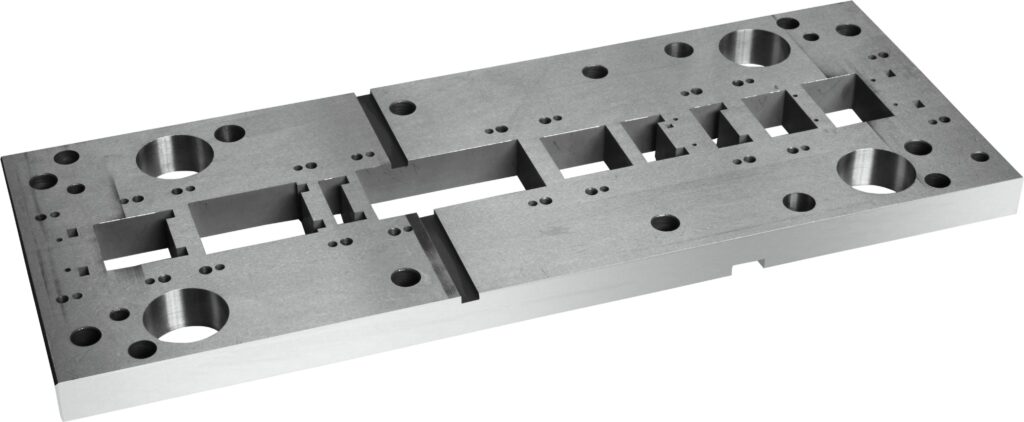In plastic mold processing, the quality of the mold determines production efficiency. When selecting mold materials, we should do the following.
Abrasion resistance
When the blank becomes plastic in the mold cavity, it flows and slides along the cavity surface, causing severe friction between the cavity surface and the blank, which leads to the failure of the mold due to wear. Therefore, the wear resistance of materials is one of the most basic and important properties of mold. Hardness is the main factor affecting wear resistance. Generally, the higher the hardness of the mold parts, the smaller the wear amount, and the better the wear resistance. In addition, wear resistance is also related to the type, quantity, shape, size, and distribution of carbides in materials.
Strength and toughness
Most of the working conditions of the dies are very bad, and some of them often bear large impact loads, leading to brittle fractures. To prevent sudden brittle fracture of die parts during operation, the die should have high strength and toughness, and the toughness of the die mainly depends on the carbon content, grain size, and microstructure of the material.
Fatigue fracture property
During the working process of the die, fatigue fracture is often caused by cyclic stress. Its forms include low energy multiple impact fatigue fracture, tensile fatigue fracture, contact fatigue fracture, and bending fatigue fracture. The fatigue fracture performance of the die mainly depends on its strength, toughness, hardness, and the content of inclusions in the material.
High-temperature performance
When the working temperature of the die is higher, the hardness and strength will decrease, leading to early wear or plastic deformation of the die and failure. Therefore, the die material should have high tempering stability to ensure that the die has a high hardness and strength at the working temperature.
Cold and hot fatigue resistance
Some molds are heated and cooled repeatedly during the working process, which makes the surface of the mold cavity subject to tensile and pressure variable stress, causing surface cracking and peeling, increasing friction, hindering plastic deformation, reducing dimensional accuracy, and thus leading to mold failure. Cold and hot fatigue is one of the main forms of failure of hot working dies, and the upper type dies should have a high cold and hot fatigue resistance.
Corrosion resistance
When some molds, such as plastic molds, are working, due to the presence of elements such as chlorine and fluorine in the plastic, they decompose and release strong corrosive gases such as HCI and HF after being heated, which erode the surface of the mold cavity, increase its surface roughness, and aggravate wear failure.



